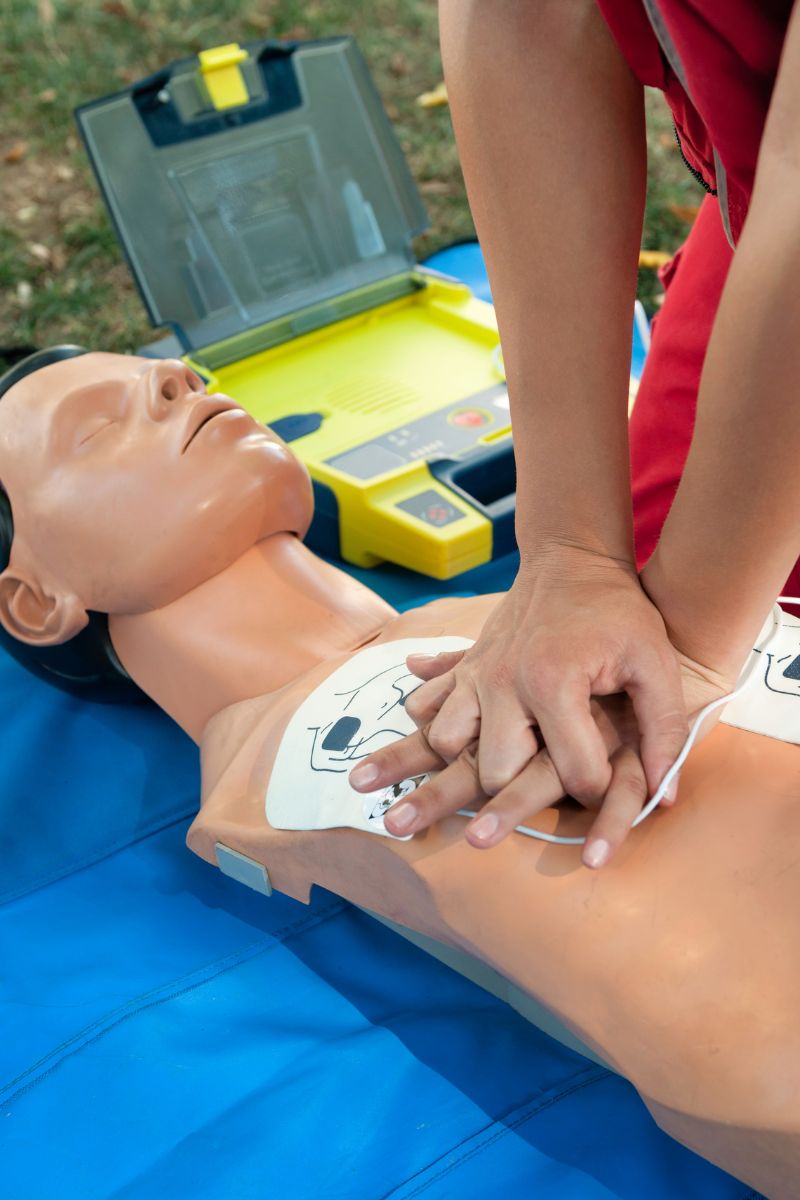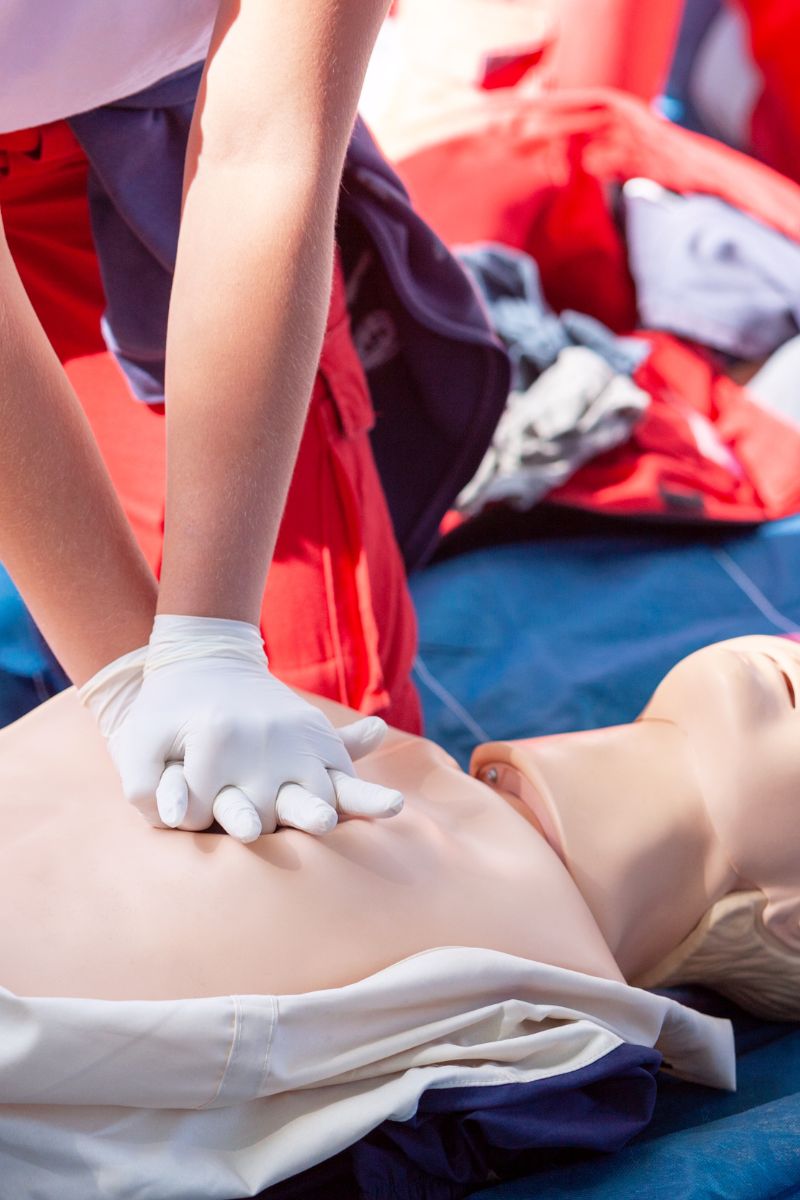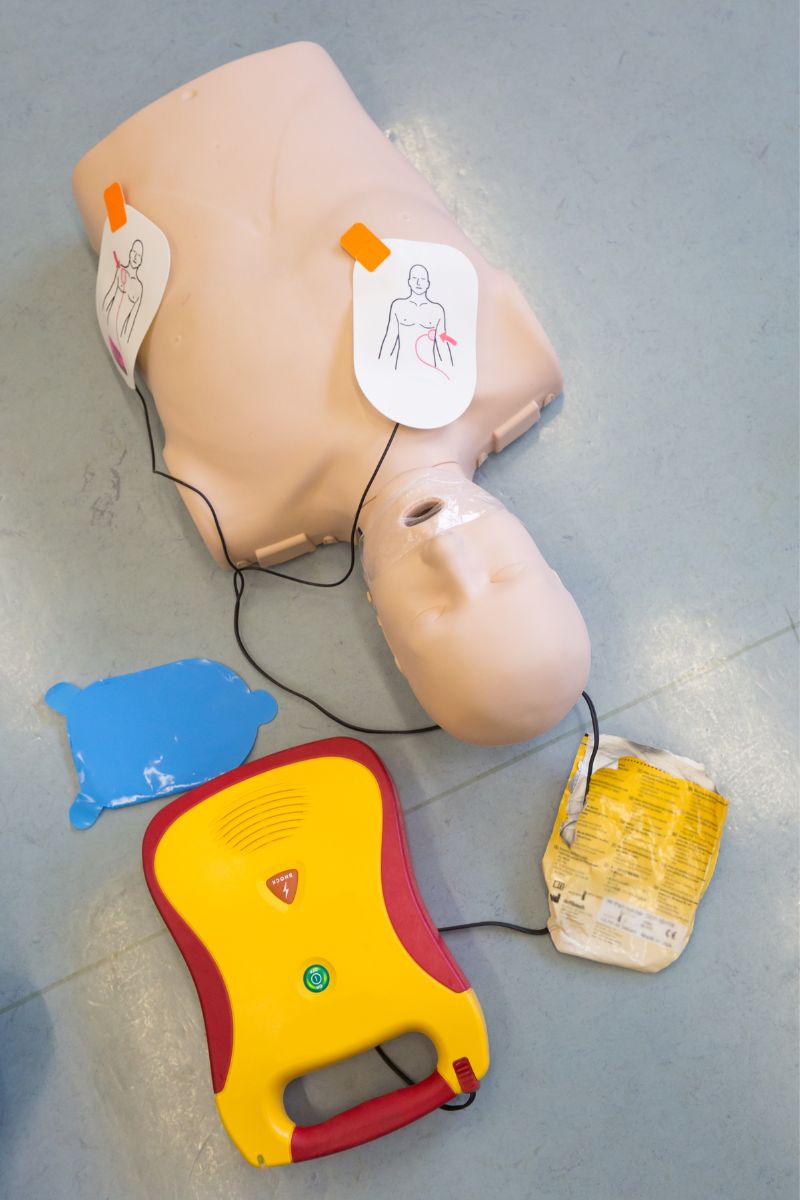Importance of CPR Certification
Cardiac arrest can strike anyone, anywhere, at any time. Did you know that every year, over 350,000 cardiac arrests occur outside of hospitals in the United States alone? Shockingly, only about 10% of these victims survive. However, immediate intervention, particularly through CPR, can dramatically increase a victim's chances of survival. CPR certification is not just a qualification; it's a life-saving skill that empowers individuals to be first responders in emergency situations. By knowing how to perform CPR, you become a crucial link in the chain of survival, capable of maintaining blood flow and oxygenation until professional help arrives. In Indianapolis, where emergencies can happen unexpectedly, being CPR certified can mean the difference between life and death.

Basic CPR Techniques
When faced with a cardiac emergency, knowing what to do can make all the difference.
Here's are the steps you'll learn if you take a CPR certification class in Irving:
- Check the Scene: Ensure the area is safe for you and the victim.
- Check Responsiveness: Gently tap the victim and shout, "Are you okay?"
- Call for Help: If the victim is unresponsive, call emergency services immediately.
- Begin CPR: Position your hands in the center of the victim's chest and push hard and fast to the beat of "Stayin' Alive" by the Bee Gees. Aim for at least 100 compressions per minute.
- Provide Rescue Breaths: If trained and comfortable, provide rescue breaths in between compressions.
Hands-Only CPR
Hands-only CPR simplifies the process, offering a more approachable method for bystanders who may feel hesitant about providing rescue breaths. Instead of incorporating rescue breaths, this technique focuses solely on continuous chest compressions. Its simplicity doesn't compromise its effectiveness; in fact, hands-only CPR can significantly enhance a victim's chances of survival, potentially doubling or even tripling their likelihood of recovery. Particularly in bustling cities like Indianapolis, where every moment is precious, hands-only CPR emerges as a crucial intervention strategy for adult victims of sudden cardiac arrest in specific situations, such as non-drowning and non-drug overdose scenarios.

Automated External Defibrillator (AED) Training
AEDs, or Automated External Defibrillators, are crucial devices in cardiac emergencies, delivering life-saving electric shocks to restore normal heart rhythm during sudden cardiac arrest. AED training, typically incorporated into CPR certification courses, equips responders with the necessary skills to effectively use these devices. This comprehensive training ensures individuals can seamlessly integrate CPR and AED usage, maximizing their ability to respond to emergencies. In cities like Irvine, where AEDs are increasingly accessible in public spaces, having proficiency in both CPR and AED usage is essential. By being prepared to act swiftly and confidently in sudden cardiac arrest situations, individuals can significantly increase the chances of survival for those in need within their community.
